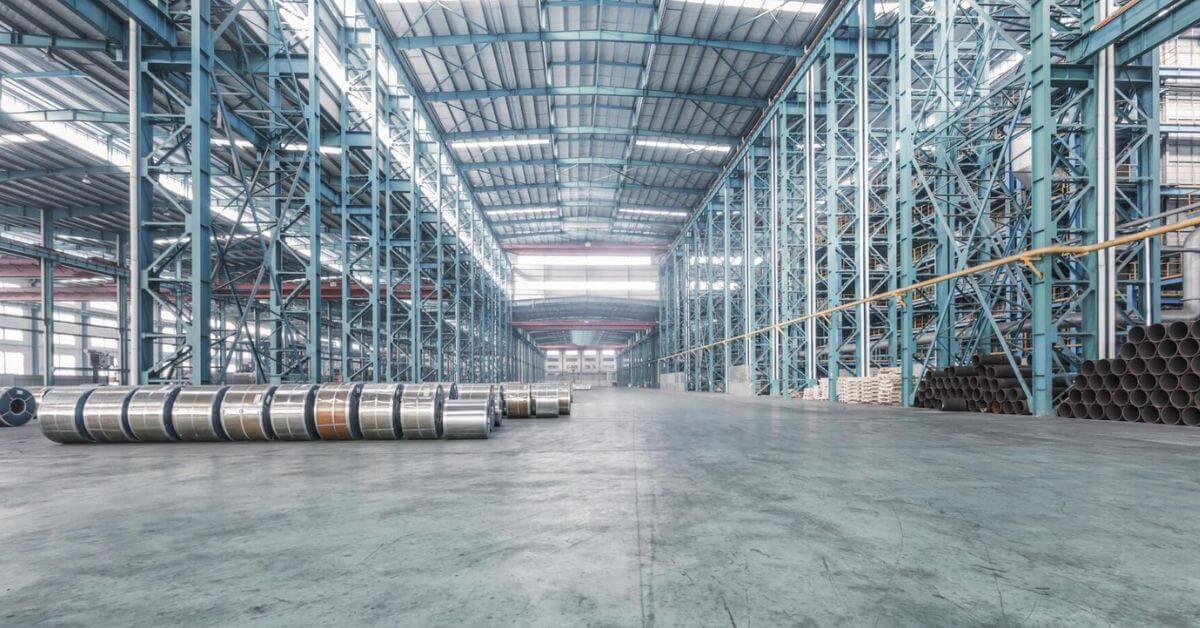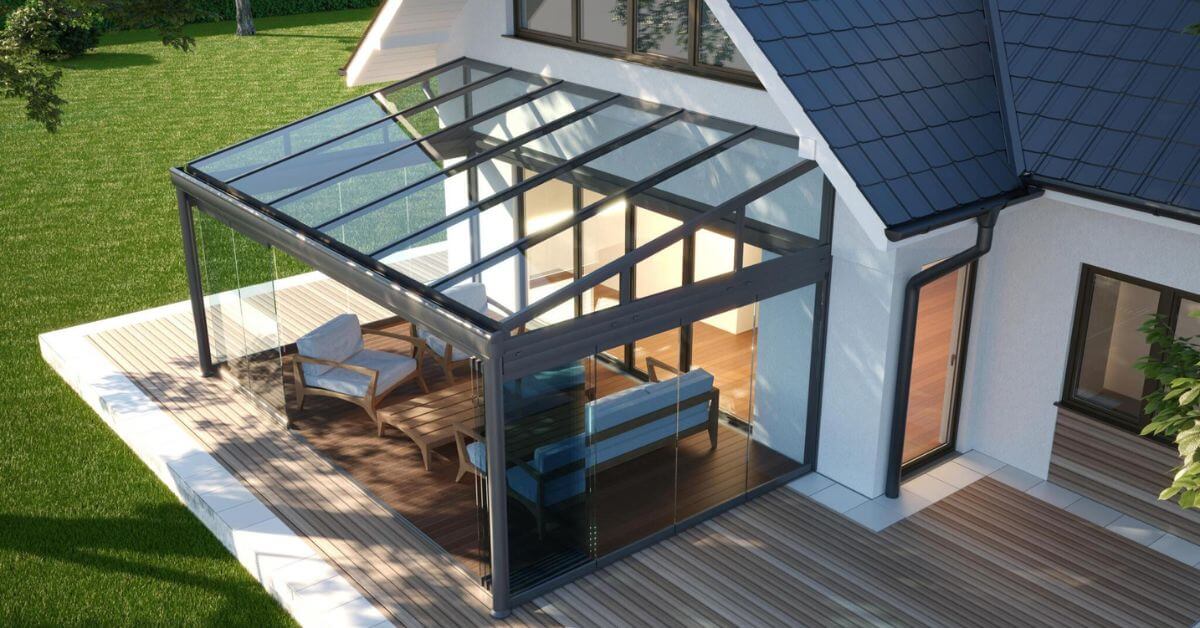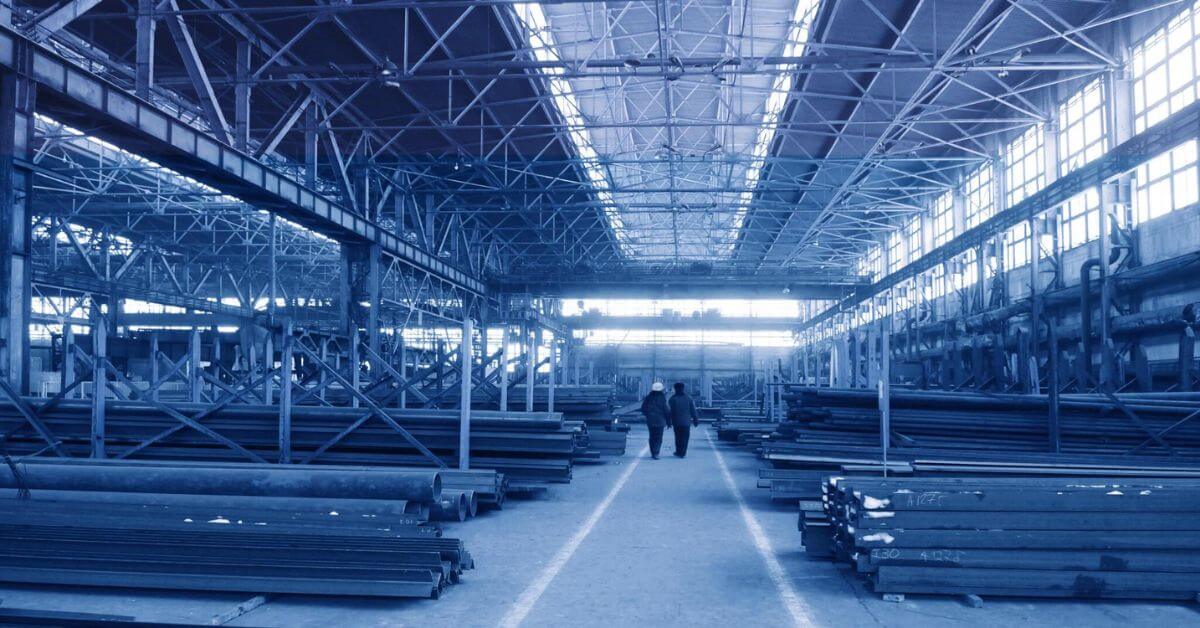
The Rise of LGSF Construction Technology-A Sustainable Solution for the Future
In the ever-evolving landscape of LGSF Construction Technology, there is a growing emphasis on sustainable and eco-friendly practices. As the world grapples with environmental challenges, the construction industry is stepping up to play its part in reducing its ecological footprint. One innovative approach gaining prominence is Light Gauge Steel Frame (LGSF) construction. This method not only addresses sustainability concerns but also offers a range of benefits that make it a viable solution for the future of construction.
Understanding LGSF Construction
LGSF construction involves using cold-formed steel sections to create a structural framework for buildings. The process typically includes the manufacturing of steel sections off-site, followed by their assembly on-site. This method is gaining traction due to its efficiency, durability, and most importantly, its environmental sustainability.

Environmental Benefits
- Resource Efficiency: LGSF Construction Technology minimizes waste by using computer-aided designs to optimize the amount of steel required. This precision reduces the consumption of raw materials, making it a more resource-efficient alternative to traditional construction methods.
- Recyclability: Steel is one of the most recycled materials globally, with an impressive recycling rate. LGSF Construction Technology aligns with the circular economy by using steel that can be recycled at the end of a building’s life cycle, minimizing the impact on landfills and reducing the need for new raw materials.
- Reduced Carbon Footprint: Compared to traditional construction materials like concrete, steel has a lower carbon footprint. By choosing LGSF Construction Technology , builders can contribute to the reduction of greenhouse gas emissions associated with construction activities.
Economic Advantages
- Speed of Construction: LGSF structures can be erected quickly, reducing construction time significantly. This not only leads to cost savings but also allows for faster occupancy, making it an attractive option for various construction projects.
- Cost-Effective: Despite the initial investment in steel framing, the overall cost of LGSF construction Technology is competitive. The speed of construction, reduced labor costs, and minimized waste contribute to its cost-effectiveness over the long term.
Structural Benefits
- Strength and Durability: Steel is renowned for its strength and durability. LGSF Construction Technology provides a robust framework that can withstand extreme weather conditions, earthquakes, and other natural disasters, ensuring the longevity and safety of the structure.

- Design Flexibility: The flexibility of steel allows for innovative and intricate architectural designs. LGSF Construction Technology opens up a world of possibilities for architects and builders, enabling them to create aesthetically pleasing and structurally sound buildings.
Conclusion
As the construction industry continues to evolve, the rise of LGSF Construction Technology stands as a testament to the sector’s commitment to sustainability and innovation. By embracing this method, builders can not only contribute to a greener planet but also enjoy economic and structural advantages. As we look toward the future, it is clear that LGSF construction is more than just a trend—it is a sustainable solution that is here to stay, shaping the way we build for generations to come.
